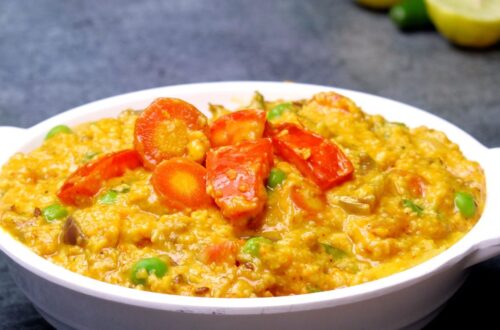
Discover the Hidden Gem of Nutrition: Why Ragi Roti Triumphs Over Wheat Roti
Have you ever delved into the dietary habits of those who embody health and vitality? If so, you’ll have invariably stumbled upon the frequently mentioned ragi, or as it’s affectionately known in the West, finger millet. Often, I find myself musing over the curious omission of ragi from the revered “superfoods” list, given its remarkable nutritional profile hidden within those unassuming grains. When it comes to the perpetual tussle between wheat rotis and ragi rotis, the latter is steadily clinching the top spot in the eyes of health aficionados, thanks to its impressive array of nutrients and health-boosting properties.
What Sets Ragi Apart in Weight Loss?
The humble ragi roti is not just a culinary delight but a powerhouse of benefits, especially when it comes to weight management. Let’s unravel this mystery together:
A Fiber Powerhouse: Compared to its wheat counterpart, ragi is teeming with fiber. This means you’ll feel full for longer, curtailing those untimely snack attacks.
Appetite Regulator: Ragi contains an amino acid called tryptophan, which plays a crucial role in appetite control. Less hunger, more satisfaction!
Gluten-Free Goodness: For those navigating the challenges of gluten intolerance, ragi is a safe haven, providing nourishment without the gluten.
Nutrient-Rich: Often unpolished, ragi retains its nutritional integrity, a trait sometimes lost in processed wheat.
Low in Fat: With a lower fat content than wheat, ragi is a clear winner for those monitoring their fat intake.
Blood Sugar Stabilizer: Ragi has a low glycemic index, ensuring no dramatic spikes in blood sugar levels, a boon for those managing diabetes.
Cholesterol Checker: Incorporating ragi in your diet can help in lowering cholesterol levels.
Iron-Clad Nutrition: An excellent source of iron, ragi supports better oxygenation and energy levels.
Protein-Packed: Rich in protein, ragi can accelerate your weight loss journey, as proteins are essential for building muscle and burning fat.
Stress Buster: By reducing anxiety and stress levels, ragi indirectly keeps cortisol levels in check, helping prevent weight gain linked to stress.
The Nutritional Breakdown of Ragi:
- Protein: 7.3%
- Fat: 1.3%
- Crude Fiber: 3.6%
- Starch: 59%
- Dietary Fiber: 19.1%
- Total Phenols: 102
- Calorie Comparison:
- Ragi Roti – A single roti contains approximately 64 calories.
- Wheat Roti – Clocks in around 104 calories per roti.
Ragi and Nachni: Two Names, One Super Grain
Yes, it’s true! Ragi is globally recognized as finger millet, but locally, it’s often called nachni.
The Final Verdict on Ragi vs Wheat for Weight Loss:
Considering the comprehensive benefits and nutritional value, it’s clear that ragi roti is not just a superior choice for weight loss but a champion for overall health. Why not make the switch and experience the wonders of this unsung hero in your diet?



